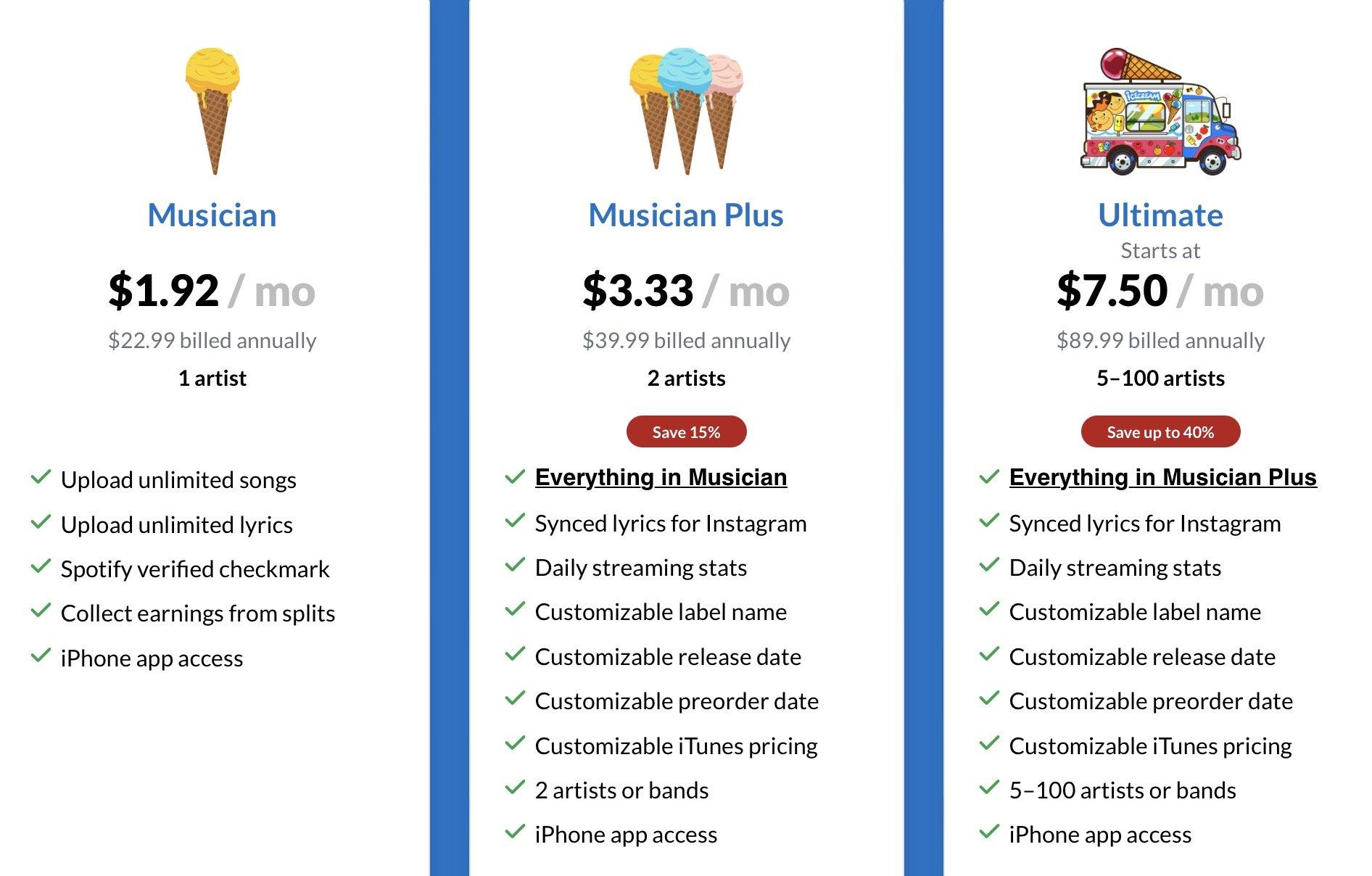In recent years, the landscape of entertainment consumption has undergone a dramatic transformation, largely driven by the proliferation of streaming platforms. These services have revolutionized the way audiences access films, television shows, and original content, offering unprecedented convenience and variety. However, as the number of streaming options has multiplied, so too has the complexity of their pricing structures. This article aims to explore whether the pricing for streaming platforms is becoming too confusing for consumers. We will delve into the various pricing models, examine the factors contributing to this complexity, and consider the implications for both consumers and the industry at large. By the end of this discussion, readers will have a clearer understanding of the current streaming pricing landscape and the challenges it presents.
Understanding the Complexity of Streaming Platform Pricing
As the landscape of digital entertainment continues to evolve, streaming platforms have diversified their pricing strategies to cater to a broad range of consumer needs and preferences. These platforms often offer various subscription tiers, each with its own set of features and limitations. For example, users might encounter options such as:
- Basic Plans: Typically the most affordable, these plans often limit the number of devices that can stream simultaneously and may offer lower video quality.
- Standard Plans: These mid-tier options usually support HD streaming and allow for multiple concurrent streams, catering to small households.
- Premium Plans: Aimed at larger families or avid media consumers, these plans generally include 4K streaming and the highest number of simultaneous streams.
- Ad-Supported Plans: A cost-effective choice for those who don’t mind occasional advertisements interrupting their viewing experience.
While these varied options can seem overwhelming, they are designed to provide flexibility and choice. However, understanding the nuances of each plan is crucial for consumers to make informed decisions. Factors such as content exclusivity, device compatibility, and additional features like offline downloads or family sharing options can further complicate the decision-making process. Consumers are encouraged to carefully evaluate their viewing habits and preferences to select the most suitable plan that balances cost with the desired features.
Analyzing the Impact of Tiered and Bundled Subscription Models
The introduction of tiered and bundled subscription models in the streaming industry has undeniably reshaped how consumers access content. With multiple pricing tiers, each offering a different set of features, users are now faced with a variety of choices that can often feel overwhelming. Tiered models typically provide options such as basic, standard, and premium, with differences in video quality, the number of simultaneous streams, and ad-free experiences. While these options allow for greater customization, they can also lead to confusion, as users must weigh their priorities against their budgets.
Bundled subscription models further complicate the landscape. By combining streaming services with other digital offerings, such as music or news subscriptions, these bundles promise greater value. However, consumers must navigate through a maze of potential combinations and evaluate the actual savings and benefits. Some common challenges include:
- Understanding the value of bundled services compared to standalone subscriptions.
- Determining the necessity of each component within a bundle.
- Assessing the long-term cost implications versus immediate savings.
As these pricing models evolve, consumers need to become more discerning in their choices, balancing the allure of comprehensive packages against the practicality of their viewing habits and preferences.

Evaluating Consumer Perception and Confusion in Pricing Strategies
As streaming platforms proliferate, consumers are increasingly grappling with complex pricing models that can lead to confusion and frustration. Companies often use tiered subscription plans, each with its own set of features, limitations, and price points. While this approach aims to cater to diverse consumer needs, it can also obscure the true cost of accessing desired content. When evaluating consumer perception, it becomes evident that the lack of transparency and consistency in pricing strategies can result in customer dissatisfaction.
Several factors contribute to this confusion:
- Multiple Subscription Tiers: Many platforms offer basic, standard, and premium plans, each with varying levels of access and quality.
- Bundled Packages: Offers that include additional services or channels can obscure the base price.
- Frequent Price Changes: Regular updates in pricing or promotional offers can make it difficult for consumers to track costs over time.
- Hidden Fees: Additional charges, such as taxes or service fees, can further complicate the pricing landscape.
To enhance consumer trust and satisfaction, streaming services should prioritize clarity in their pricing models. This can involve straightforward, easily comparable plans and consistent communication about any changes. By addressing these concerns, platforms can improve customer experience and loyalty.

Strategies for Simplifying Subscription Plans and Enhancing Transparency
Streaming platforms can benefit significantly from streamlining their subscription offerings. One effective strategy is to reduce the number of tiers available. By limiting options to three or fewer, platforms can make it easier for consumers to understand the value of each plan. Fewer choices mean less confusion, allowing users to make decisions more swiftly. To achieve this, platforms can focus on core features that matter most to users, such as ad-free viewing, simultaneous streams, and access to exclusive content.
Another approach to enhance clarity is to use straightforward and transparent pricing structures. Platforms should avoid hidden fees and offer clear breakdowns of what each plan includes. Consider incorporating elements like:
- Simple Plan Names: Use descriptive and intuitive names for each tier, like “Basic,” “Standard,” and “Premium.”
- Feature Comparison Charts: Provide side-by-side comparisons to highlight differences in features across plans.
- Consistent Pricing Updates: Communicate any changes in pricing or features clearly and in advance.
By prioritizing transparency and simplicity, streaming services can foster trust and ensure subscribers feel informed and valued.
Insights and Conclusions
the evolving landscape of streaming platform pricing reflects both the dynamic nature of the entertainment industry and the diverse needs of consumers. As platforms continue to experiment with various pricing models, it becomes increasingly important for consumers to stay informed and critically evaluate their options. By understanding the intricacies of tiered subscriptions, bundled packages, and ad-supported plans, viewers can make choices that best align with their viewing habits and budgetary constraints. For streaming platforms, maintaining transparency and simplicity in pricing structures will be key to retaining customer loyalty and trust. As the market continues to expand, both consumers and providers must navigate this complex environment with clarity and foresight to ensure mutual satisfaction and sustainable growth.







































